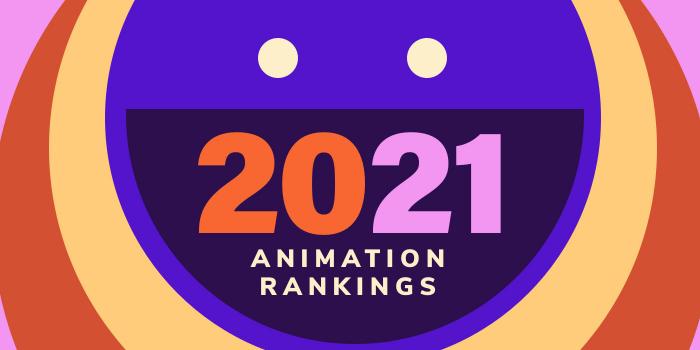The University of Texas at Dallas (UT Dallas) traces its roots back to 1961 when the founders of technology company Texas Instruments established the Graduate Research Center of the Southwest (GRCSW). In 1967, the Center changed its name to the Southwest Center for Advanced Studies and to University of Texas at Dallas in 1969.
An official member of the University of Texas System, today UT Dallas serves more than 28,000 students enrolled in more than 140 academic degrees in eight schools. The School of Arts, Technology, and Emerging Communication (ATEC) offers programs that blend science, technology, engineering, art, & management (STEAM). Four options are available for aspiring animators: a BA in Arts, Technology, and Emerging Communication with an Animation Pathway, (BA ATEC), an MA in Arts and Technology (MA ATEC), an MFA in Arts, Technology, and Emerging Communication (MFA ATEC) with an Animation Pathway, and a PhD in Arts, Technology, and Emerging Communication (PhD ATEC).
The ATEC curriculum “provides exposure to arts, science, technology, history, design, criticism, new knowledge creation, and complex understandings,” says the school. Undergraduate students “acquire foundational skills in media studies, cultural theory, computer programming, and creative production.” Master’s degree students “deepen their expertise in an area and develop understanding in adjacent topics.” Students in the doctoral program “demonstrate mastery in methods of research, analysis, and creative practice, informed by history, theory, and aesthetics.”
The Animation Pathway “blends creative storytelling with technology to encourage experimentation in form, content, and medium and emphasizes 3D animation, which includes various artistic and technical disciplines such as modeling and texturing, character rigging, lighting and composition, computer programming and scripting, as well as character movement and acting.”
ATEC students have the opportunity to take a total of 15 credit hours/five courses in Animation, Design, Storytelling, and Games, to name a few. Courses such as Topics in Animation, Topics in ATEC, and Topics in Game Development are also available. Other program highlights include seminars and lectures, project and portfolio-based exercises, applied and experimental research, and guest speakers from industry giants such as Blue Sky Studios, Disney, DreamWorks, and Pixar.
Graduates of the ATEC programs at UT Dallas are prepared to seek careers in animation and other areas of entertainment, as well as new and emerging fields such as medical and scientific visualization.






